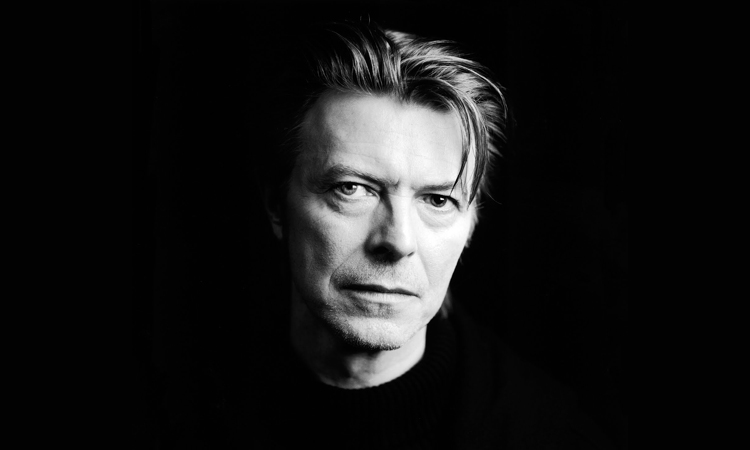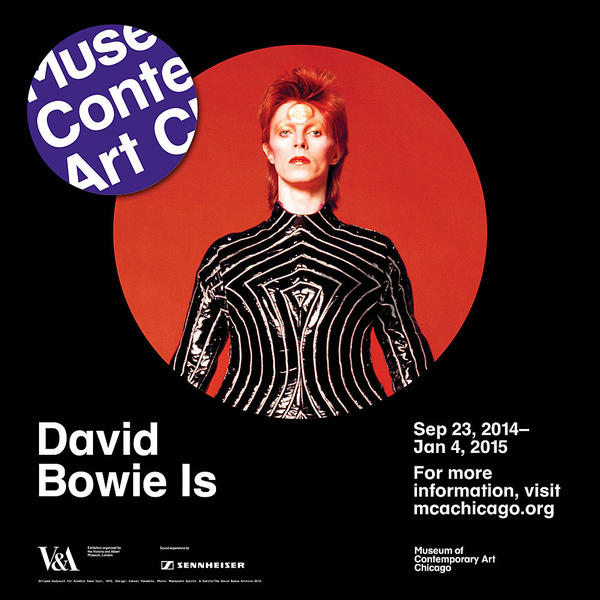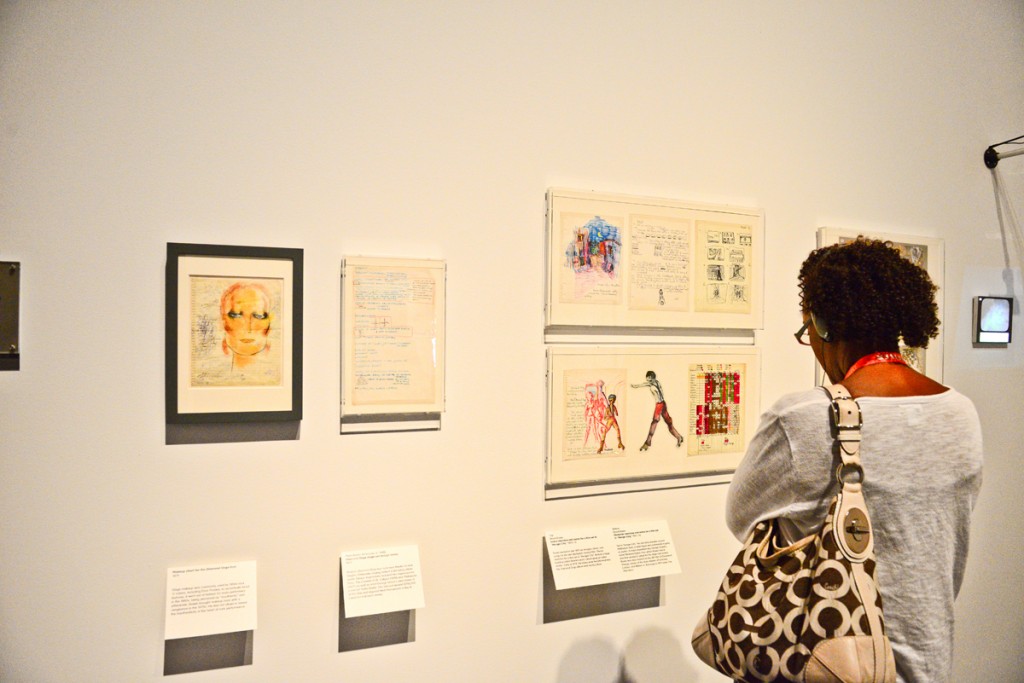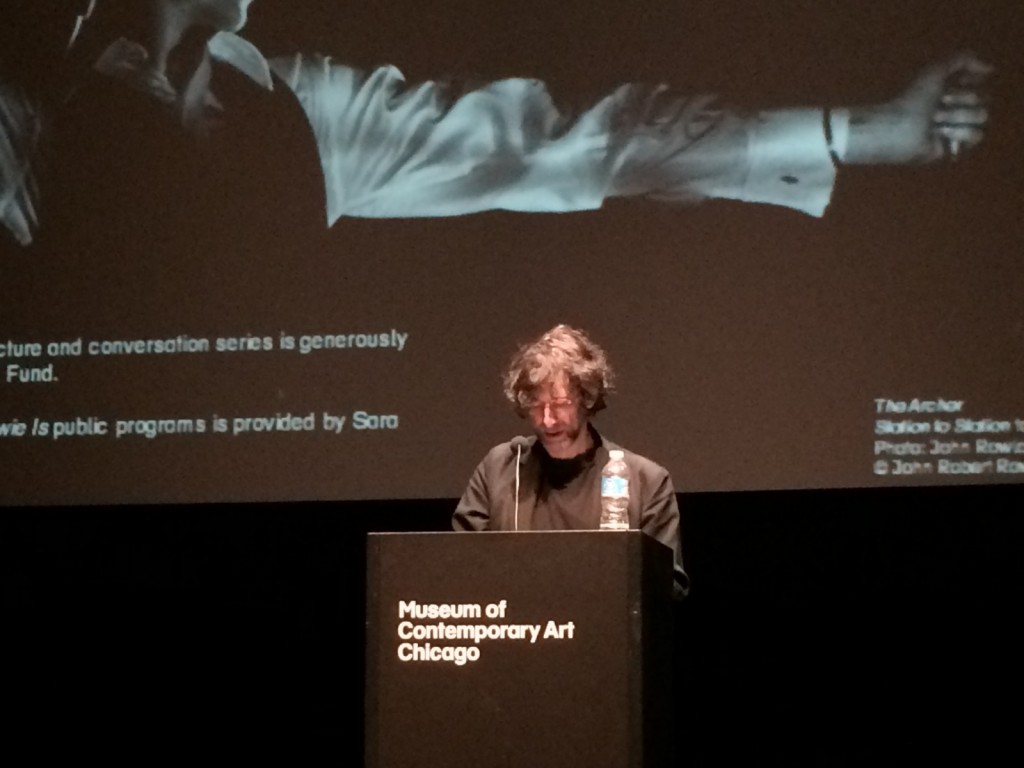Like so many people, I’m moved by the passing of David Bowie. When the kids woke up, I was listening to his music and weepy. I tried to explain it to them.
“Was he your friend?” my youngest asked, knowing how many of my favorite artists are friends or acquaintances.
“He wasn’t,” I replied. “I never had the chance to meet him, but his music was important…to me and to the world.”
“You still have that,” my twelve-year-old replied sagely over her breakfast. “You can listen to it any time you want.”
She’s right, of course. His memory, his music, lives on.
One of the most important books I’ve read in the last few years is Viktor Frankl’s Man’s Search for Meaning. (It’s brilliant; you should read it.) In it he writes about surviving the Holocaust with those cherished things—no, cherished ideas—that kept him alive. He writes about the memory of his wife which largely motivated him to keep going.
While in the camps, Frankl reflected upon their time together and his love for her. He writes, “A thought crossed my mind: I didn’t even know if she were still alive. I knew only one thing—which I have learned well by now: Love goes very far beyond the physical person of the beloved. It finds its deepest meaning in his spiritual being, his inner self.”
The memory of loving her helped to give his life meaning when he was surrounded by death and despair. The power of memory—of having loved, of being moved by encountering someone or something—is a touchstone. This is true even of someone we may not know personally, like David Bowie, because their work (their music or art or words) touches us so deeply that it shapes the way we understand and experience the world. The memory of that encounter continues to resonate.
Always.
Viktor Frankl also writes:
“In the past, nothing is irretrievably lost, but rather, on the contrary, everything is irrevocably stored and treasured. To be sure, people tend to see only the stubble fields of transitoriness but overlook and forget the full granaries of the past into which they have brought the harvest of their lives: the deeds done, the loves loved, and last but not least, the sufferings they have gone through with courage and dignity. From this one may see that there is no reason to pity old people. Instead, young people should envy them. It is true that the old have no opportunities, no possibilities in the future. But they have more than that. Instead of possibilities in the future, they have realities in the past—the potentialities they have actualized, the meanings they have fulfilled, the values they have realized—and nothing and nobody can ever remove these assets from the past.”
What a beautiful way of looking at the gifts of age–all those treasures to cherish.
There is sadness and loss (my heart goes out to his friends and family), but thankfully we still have David Bowie’s music. And our memories. How beautiful and telling it is that today so much of the world is sharing both.
Here’s one from a young Bowie.
“Tell them I’m a dreaming kind of guy,
And I’m going to make my dream.
Tell them I will live my dream.
Tell them they can laugh at me,
But don’t forget your date with me,
When I live my dream.” ~David Bowie, “When I Live My Dream”
He lived his dream, and our world is better for it.







